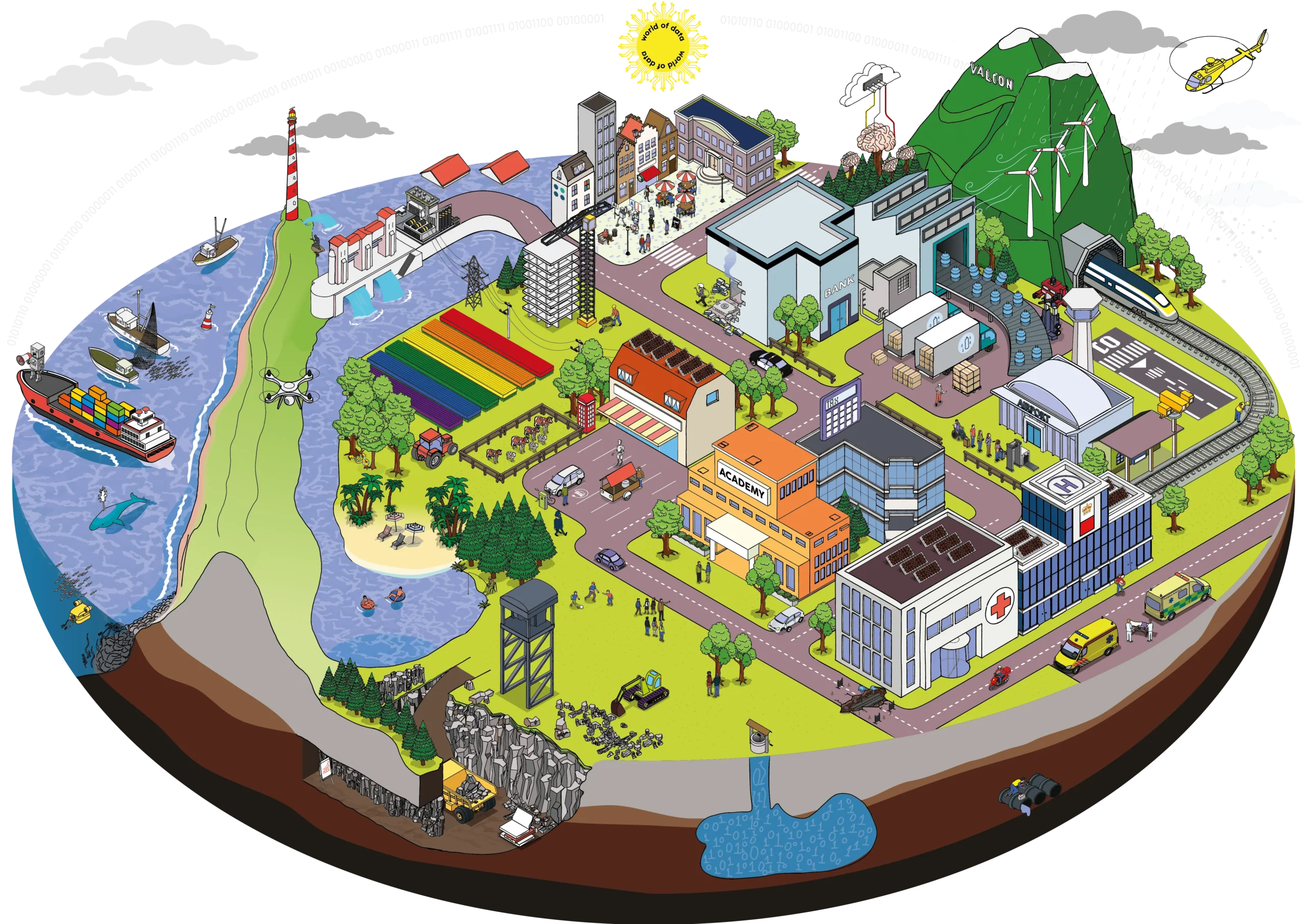Both ETL and ELT are data integration solutions for transferring data from one location to another.
Used across various industries and sectors, both ETL and ELT solutions prepare data from a range of sources for analysis and business intelligence via three processes – extract, transform and load.
However, ETL and ELT have unique characteristics that make them suitable for different data tasks. When it comes to ETL vs ELT, it’s time to discover what separates one from the other and explore the benefits of each.
ETL vs ELT: What Do They Mean?
In both cases, the letters stand for:
- Extract: the process of extracting data from various sources such as cloud platforms and databases.
- Transform: converting that data to match the target system, be it the format or structure.
- Load: loading the data set into the target database.
ETL vs ELT: What are the Key Differences?
Despite the obvious similarities, the key difference between ETL and ELT is in the data processing sequence. Put simply, ETL transforms data before it’s loaded onto the server, whereas ELT transforms it afterwards.
| ETL (Extract, Transform, Load) | ELT (Extract, Load, Transform) |
| Transforms data from a separate processing server and transfers it to a data warehouse | Transforms data directly within the data warehouse itself, eliminating the need for the staging process |
With ETL, data transformation happens in a staging area outside the data warehouse, so every piece of data must be transformed before loading. While this can be a long process, analysis can take place as soon as this is completed.
With ELT, data transformation occurs within the target server as and when required. This can also take time and can potentially slow down the analysis process when there’s insufficient processing power available.

ETL vs ELT: An In-Depth Comparison
ETL is the traditional way of transforming smaller data sets with high levels of data security. ELT, however, is a modern solution that gives more flexibility around processing both structured and unstructured data.
Whether you choose ETL or ELT depends on several factors such as your business needs, data storage, analysis, and processing. To ensure you select the right option, here is an in-depth comparison of ETL vs ELT:
| ETL | ELT | |
| Definition | Data is taken from a source system, processed on an intermediate server, then transferred to a cloud-based or on-premises target system. | Data is pulled from a source system and transferred to a cloud-based target system where it is transformed. |
| How is raw data extracted? | API connectors are used to extract raw data. | API connectors are used to extract raw data. |
| How is raw data transformed? | On a processing server. | Inside the target system. |
| How is data loaded? | Transformed data is loaded into the target system. | Raw data is loaded directly into the target system. |
| Which process is quicker? | ETL can be time-consuming as data is transformed before loading into the target system. | ELT is faster as data is loaded directly into the target system where it is transformed. |
| Which process is newer? | ETL is older with plenty of ETL tools and expertise available to assist with implementation. | ELT is newer so fewer tools and expertise are available, though the ecosystem is growing. |
| Which is easier to use and maintain? | Added maintenance due to a secondary processing server. Also, on-premises servers require frequent maintenance due to fixed timelines and the need to regularly select data to load and transform. Modern, cloud-based ETL is automated and requires minimal maintenance. | Fewer systems mean less maintenance as all data is readily available and transformation is typically automated via cloud-based solutions. |
| What is the cost? | Separate servers can increase costs and be prohibitive for smaller businesses with limited budgets. | Simplified data stack and cloud-based platforms have lower costs and flexibility around data processing and storage. |
| What hardware is required? | Modern, cloud-based ETL solutions don’t require hardware. Traditional on-premises ETL requires expensive hardware. | The ELT process is cloud-based, so no additional hardware is required. |
| What about compliance? | ETL is better suited for ensuring compliance with data protection laws such as GDPR, HIPAA, and CCPA as users can omit sensitive data before loading in the target system. | Given all data is loaded into the target system, ELT carries more risk of exposing sensitive data and not complying with GDPR, HIPAA, and CCPA. |
| What is the data volume? | Ideal for small data sets with complex transformation requirements. | Ideal for larger datasets that require greater speed and efficiency. |
ETL vs ELT: What are the Key Benefits?
Here, we’re going to look closer at the key benefits of ETL and ELT when it comes to data processing and analysis.
The Benefits of ETL
- Data analysis can be faster and more stable as the data set has already been transformed in the correct format and structure.
- User can leave out any sensitive data before loading in the target database, making compliance with GDPR and other standards easier.
The Benefits of ELT
- Users can explore the entire data set in real-time and in any direction, without waiting for more data to load.
- Cloud-based platforms make it cheaper and easier to store and process the data while keeping maintenance costs low.

ETL vs ELT: Which is Best for Me?
Ultimately, whether you choose ETL or ELT comes down to the specific data set and the design of your data pipelines.
ETL is better suited to tasks where data is transformed before loading onto your target system, data warehouse or data lake.
However, if you’re dealing with vast data sets or need raw data for future analysis, ELT could be better option. Let’s dig deeper.
1. ETL (Extract, Transform, Load)
Ideal for small data sets with complex transformations and for collecting and storing data on one format from a range of sources.
However, ETL can be slow and difficult to scale as data volumes increase, and it isn’t suitable for real-time data access. Not only that, but ETL tools are typically maintained by IT teams making them less accessible to end users.
2. ELT (Extract, Load, Transform)
Designed for larger data sets where a quicker process is required, or raw data is needed for future analysis. Because data is loaded directly into the target system and immediately transformed, ELT is faster than ETL.
ELT is also more flexible and scalable than ETL and easier to integrate with other data sources. However, there can be challenges around compliances and there is a smaller number of users and expertise.
Need Help Choosing Between ETL vs ELT?
If you’re having difficulty choosing between ETL and ELT, we’re here to help. Speak to one of our friendly team today and we’ll find the ideal solution for your complex data challenges.













